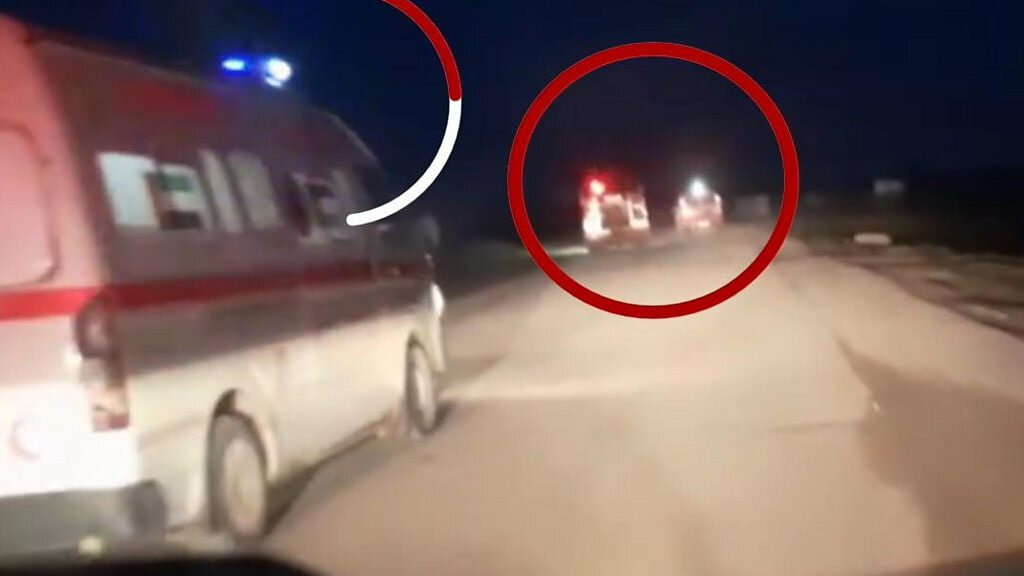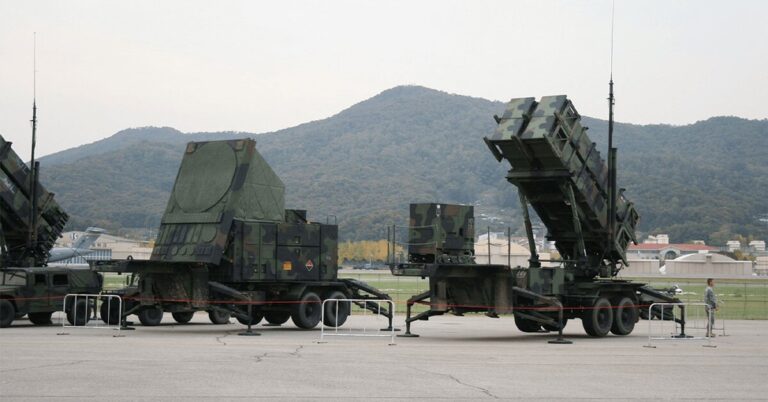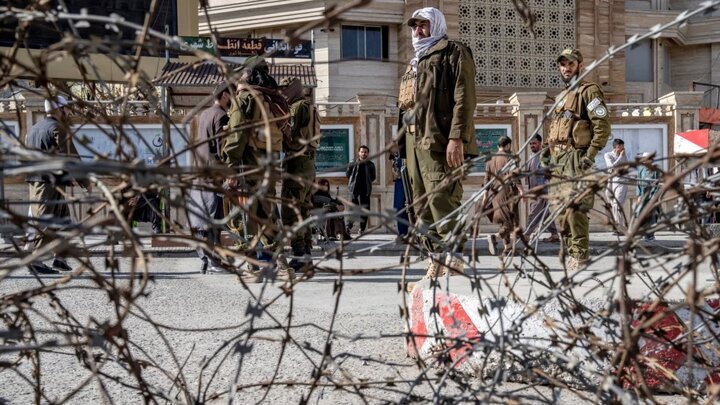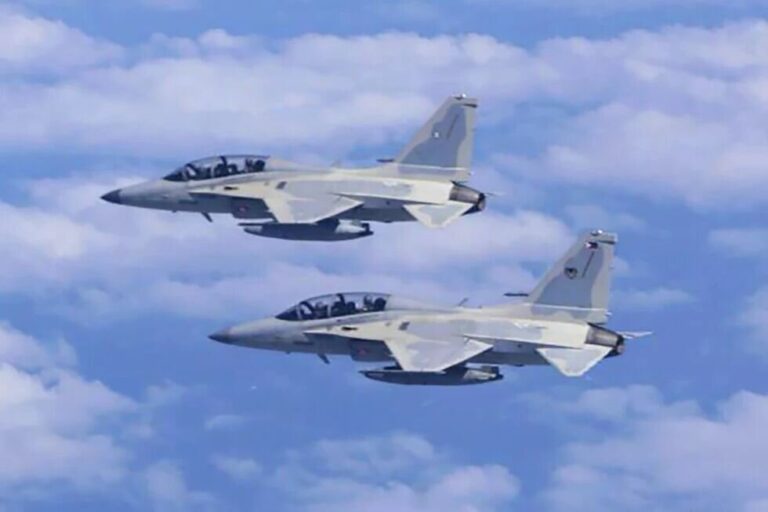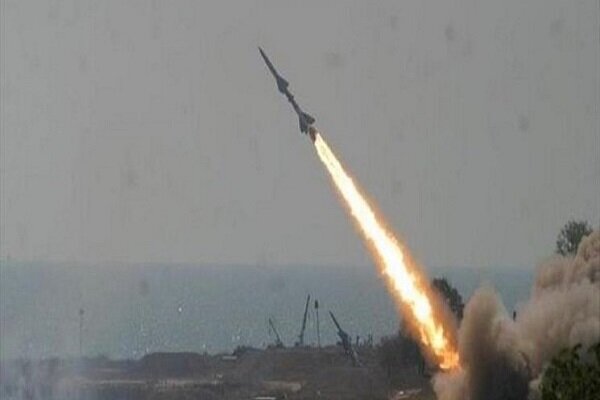Shocking New Video Challenges Israeli Army’s Claims on Medic Killings
New video evidence has emerged regarding the tragic killing of 15 Palestinian rescue workers by Israeli forces, raising significant questions about the official narrative of the incident. This critical footage, retrieved from the phone of one of the fallen medics, shows an alarming attack on a medical convoy in Rafah, contradicting the Israeli account and highlighting the dire situation faced by humanitarian workers in conflict zones.
The video reveals the Israeli army targeting clearly marked Red Crescent ambulances that were displaying their emergency signal lights. Additionally, the emergency medical personnel were wearing reflective vests, indicating their role as first responders. This evidence calls into question the actions of the Israeli forces and underscores the importance of protecting humanitarian workers in war zones.
During a recent news conference at the United Nations headquarters, officials from the Palestine Red Crescent Society presented the nearly seven-minute recording to the UN Security Council. This presentation aims to bring international attention to the vulnerabilities faced by medical personnel in conflict areas, especially in light of this tragic incident.
On March 23, the humanitarian workers went missing while responding to a distress call from civilians injured in an Israeli attack in Rafah. Following their disappearance, all communication was lost, and the medics were later discovered in a mass grave approximately two to three meters deep. The Palestinian Civil Defense in Gaza reported that their bodies were riddled with gunshot wounds, emphasizing the brutality of the attack.
Jonathan Whittall, the head of the UN’s humanitarian affairs office in Palestine, stated, “They were killed in their uniforms. Driving their clearly marked vehicles. Wearing their gloves. On their way to save lives.” This poignant remark highlights the fundamental responsibilities of humanitarian workers and the risks they face in conflict situations.
Key Points from the Incident
- Video Evidence: The retrieved footage challenges the Israeli forces’ claims regarding their actions on that fateful day.
- Humanitarian Workers Targeted: The video shows the Israeli army attacking ambulances that were clearly marked and identifiable as medical vehicles.
- Missing Medics: The 15 rescue workers disappeared while attending to civilians injured in an attack, underscoring the dangers faced by those providing medical assistance.
- UN Involvement: The Palestine Red Crescent Society has taken the evidence to the UN Security Council to seek accountability and action.
- Brutality of the Attack: Reports indicate that the medics were later found in a mass grave, raising serious concerns about the treatment of humanitarian personnel.
The implications of this video evidence are significant, not just for the families of the deceased rescue workers but also for the broader humanitarian community operating in conflict zones. It raises essential questions about the protection of medical personnel and the responsibilities of military forces to adhere to international humanitarian law.
As this situation develops, it is crucial for the international community to respond to the findings and ensure that humanitarian workers are protected and that those responsible for such attacks are held accountable. The evidence presented by the Palestine Red Crescent Society serves as a reminder of the sacrifices made by those who dedicate their lives to saving others, even in the most dangerous circumstances.
In conclusion, the emergence of this video evidence represents a pivotal moment in the ongoing discourse surrounding the protection of humanitarian workers in conflict areas. It highlights the urgent need for international oversight and accountability, ensuring that incidents of violence against medical personnel do not go unpunished. The world must stand with those who risk their lives to provide care and assistance in the most challenging environments.
As discussions continue at the United Nations and other international platforms, the hope remains that this evidence will lead to meaningful action to protect humanitarian workers and uphold the principles of medical neutrality in conflict zones.
